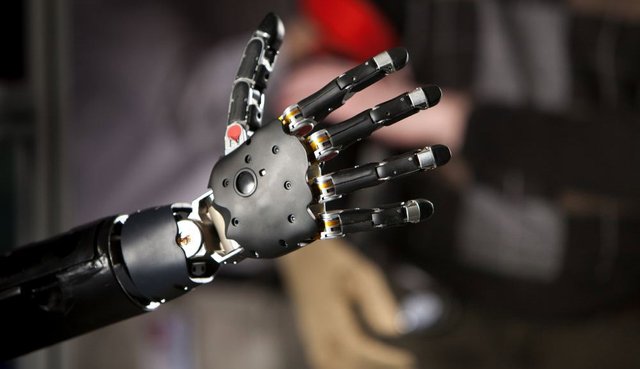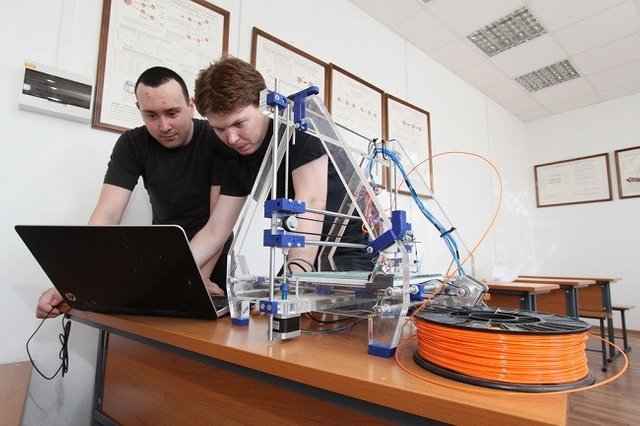New Robotic Arm Controlled by Thoughts of User

Scientists from Tomsk Polytechnic University are currently working on the development of a robotic arm prototype and its control algorithm using myoelectric signals. The mechanical limb will independently recognize the motions of its owner and be able to perform all the same motions in the exactly same way a healthy arm would. Scientists believe the final cost for such a device will come out to be anywhere from $600 to $1,000.
Developers Mikhail Grigoriev, Mikita Turushev and Evgeniy Tarakanets from the Laboratory of Medical Instrument-Making and the Institute of Non-Destructive Testing say the manufacturing of human prosthetic limbs has been available now for quite a few decades. The ability to make them fully functional and turn them into a full replacement of a lost body part is still something that is not possible, but these latest advancements are bringing that technology one step closer to becoming a reality.
Nikita Turushev says to date there are quite a large number of available traction prostheses. Their motions are carried out by means of traction belts which are superimposed from the repaired arm across the back as a loop around the healthy shoulder. This is currently how man-made arms are able to move similarly to a healthy arm. Unfortunately, it requires very unnatural movements in order to get the arm to work in ways a human arm would without second thought. This means, wearers have to re-learn how to gain movement back in their missing limbs. The time consuming process is not only expensive, but is also very frustrating for patients who simply want to get back to their everyday lives without all the hassle associated with regular testing and calibration.

Researchers use specially made software that powers their prosthetic arm prototype to pick up on the myoelectric signals emitted from the brain to muscle to execute gestures. (Image credit: Tomsk Polytechnic University)
The algorithm that is currently in development by the polytechnicers is going to remove the need of people wearing traction belts. Sensors on the prosthesis will pick up on myoelectric signals. The human brain sends signals to muscles that cause them to perform specific actions. The system will be able to analyze commands coming to the healthy arm and basically "guess" what motion the prosthesis is being asked to do. The "guess" will be extremely educated and based on prior models, with a high rate of success.
Mikhail Grigoriev says in the beginning, software is going to be universal but the team will adapt it to each specific artificial arm over time. A machine learning algorithm will copy its host wearing the prosthesis in order to both fix myoelectric signals and choose required motions.
The scientists are currently working on teaching the algorithm a series of different signals along with their meanings. They are going to closely examine a minimum of 150 people with healthy limbs. By "remembering" the signals and following their meanings, the software will produce them once the study works its way to the medical trials stage.
The polytechnicers have received a grant from the Russian Foundation for Basic Research upon its development in 2015. In two years time, they should be ready to present the prosthesis prototype and software of its operation support. The full study was published in MATEC Web of Conferences journal.

Like what you read (without annoying ads :) ) ? Then please upvote our posts and follow us for the best daily science news on SteemIt!